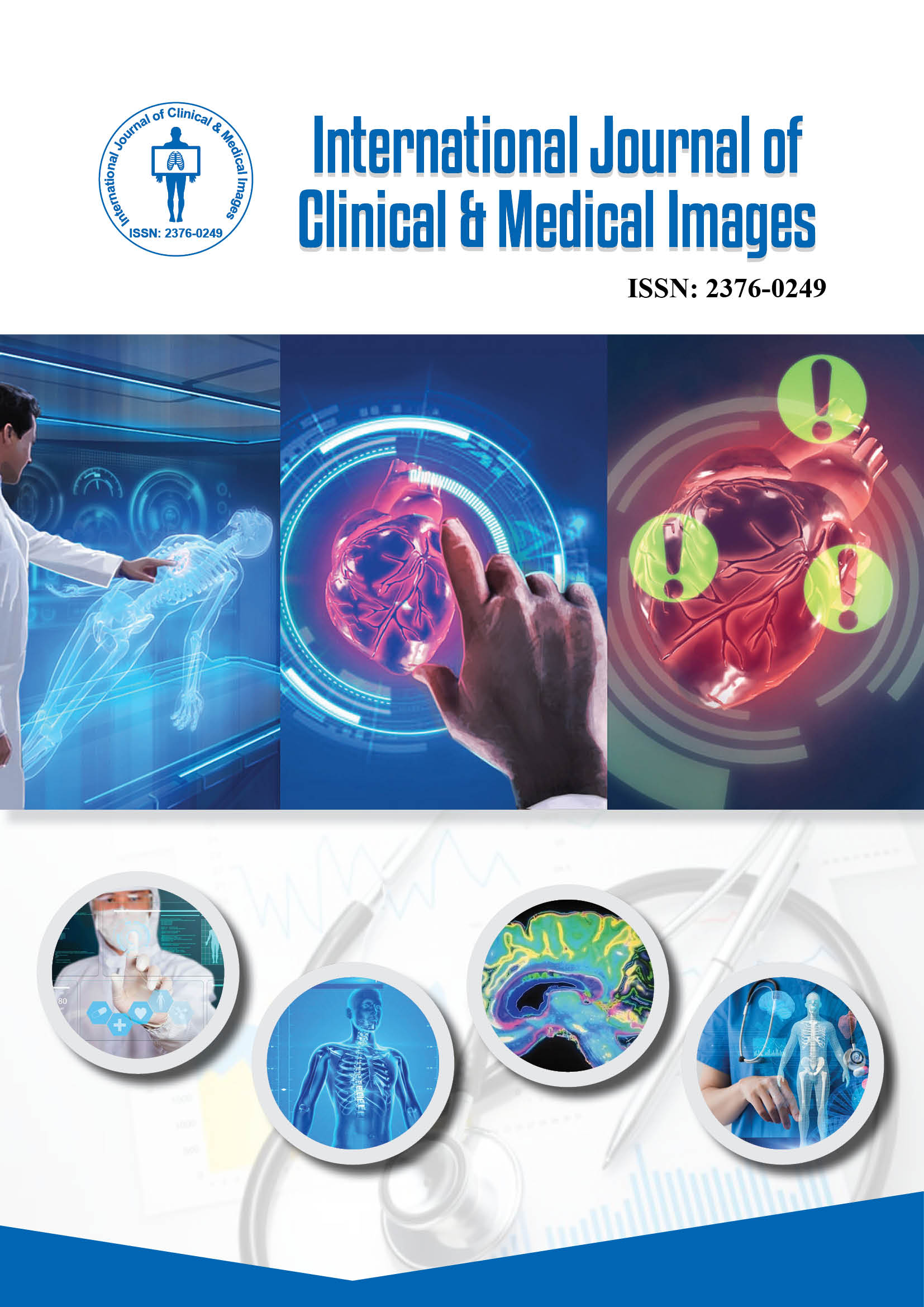2376-0249
Editorial - International Journal of Clinical & Medical Images (2025) Volume 12, Issue 5
Author(s): Hassan Asadi
Medical Imaging for Clinicians: Interpretation and Decision-Making emphasizes the critical role of imaging in bridging clinical findings with definitive diagnosis. Modern medicine relies heavily on visual data to assess anatomy, pathology and treatment outcomes. From X-rays and CT scans to MRI and ultrasound, medical imaging allows clinicians to visualize internal structures non-invasively, providing insights that physical examination alone cannot reveal. However, the true value of imaging lies not merely in obtaining images but in their correct interpretation translating visual patterns into meaningful clinical decisions that guide patient care.
Effective image interpretation requires a combination of technical understanding, clinical reasoning and experience. Clinicians must correlate imaging findings with patient history, laboratory results and physical signs to form accurate diagnostic impressions. Recognizing normal variants, identifying artifacts and distinguishing between benign and pathological findings are key components of sound image-based reasoning. A structured, systematic approach to reading images whether evaluating a chest radiograph for infection or a CT scan for trauma enhances diagnostic accuracy and prevents oversight of subtle abnormalities [1].
The decision-making process following imaging involves integrating results into clinical management strategies. Imaging findings influence everything from diagnosis confirmation and staging of disease to surgical planning and treatment monitoring. For instance, MRI helps determine tumor margins in oncology, while CT angiography assists in identifying vascular lesions requiring intervention. Collaborative interpretation among radiologists and clinicians ensures that imaging outcomes translate into precise and patient-centered decisions. This multidisciplinary interaction strengthens clinical practice and optimizes therapeutic outcomes.
Advancements in imaging technology and artificial intelligence are transforming the clinicianâ??s approach to diagnosis. AI-assisted interpretation can detect patterns beyond human perception, while 3D and functional imaging provide new dimensions of understanding. Yet, clinical judgment remains irreplaceable maging is only as effective as the clinician interpreting it. Medical Imaging for Clinicians reinforces that thoughtful analysis; contextual understanding and evidence-based reasoning are the cornerstones of diagnostic excellence in modern healthcare [2].
Medical imaging, Clinical interpretation, Decision-making
None.
None.
Google Scholar Cross Ref Indexed at
 Awards Nomination
Awards Nomination

